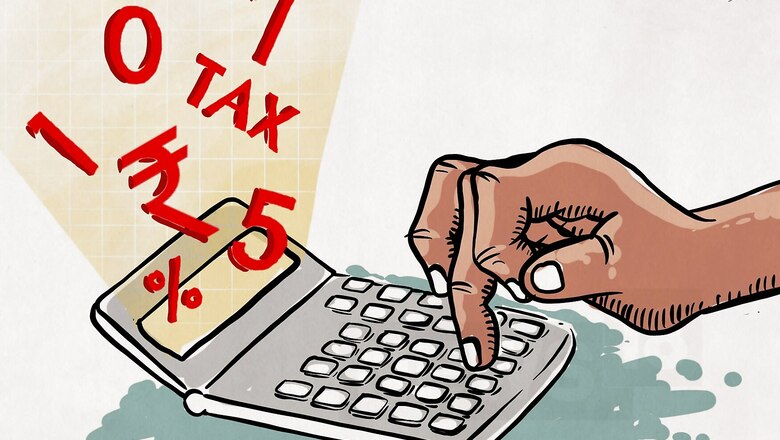
views
Provident fund (PF) schemes are popular in India as they provide low-risk stable returns and help in building a substantial retirement corpus. There are three types of PF schemes--Employee Provident Fund (EPF), Voluntary Provident Fund (VPF) and Public Provident Fund (PPF) schemes--where individuals can save money for their retirement.
The three schemes differ in terms of interest rate, deposit and withdrawal options, etc. Let us look at what these enclose so that you can decide which one is the best for you:
1. Employee Provident Fund (EPF)
Employers in India with an employee base of 20 or more employees are required to comply with the Employee Provident Fund schemes run by the government. Under this scheme, your employer contributes some portion (generally 12%) of your basic monthly salary towards your retirement benefit.
A small part (from the 12% itself) is also contributed towards the pension scheme. This is a business expense which your employer contributes to your EPF account from their own pocket. The amount of PF that is mentioned on your CTC letter is actually employer-contributed PF. This amount is tax-free for you and is not included in the yearly tax rebate amount for investments.
The EPF scheme also mandates that you as an employee should also contribute an equal portion (generally 12%) to your PF account monthly. So the amount that you see on your monthly salary payslip as a deduction is actually this amount and not the employer-contributed PF. The employer PF is neither added to your income nor deducted. Hence, it is not reflected in your pay slip but is shown on CTC letter.
2. Voluntary Provident Fund (VPF)
As the name suggests, this is a voluntary contribution from employee to his provident fund account. This is beyond employee EPF contribution of 12%. However, there is no compulsion from the employer to contribute to VPF. The maximum amount an employee can contribute is 100% of his basic salary and dearness allowance. This investment would be credited to the same EPF account and would carry the same rate as the EPF.
Since VPF is taken out of your pocket, it is shown on the deductions side of your salary slip. VPF is an expense for you and not your employer. This amount is considered as an investment by you and forms part of the yearly tax-rebate investment.
You can withdraw EPF/VPF partially or completely and this amount can be withdrawn in cases of retirement, or if you remain unemployed for a period of two months or more.
At the time of switching from one job to another without remaining unemployed for two months or more, one just needs to transfer their accumulated EPF/VPF contributions from their old account to the current account. One can also partly withdraw the EPF/VPF under certain situations at any given point.
3. Public Provident Fund (PPF)
This is not related to your employer at all. It is a government scheme meant for people from unorganized sector/non-salaried employees. However, anyone can open and contribute to a PPF account.
It is basically a personal provident fund account that you can open with any of the designated banks like SBI, PNB, HDFC Bank etc. Investors can invest minimum Rs 500 to maximum Rs 1.5 lakh in one financial year and can get an attractive return on investment that is fully exempted from income tax under Section 80C. Partial premature PPF withdrawals can be made every year from the seventh year. But a complete withdrawal of funds can be made only at maturity, i.e. at the end of 15 years.
So, if you are salaried employee, you anyway have to contribute to EPF, as this is a mandatory provident fund scheme. However, if you are looking for secure returns for retirement savings along with liquidity, you can contribute to VPF, considering limitations like the lock-in period for PPF. If you are a non-salaried employee, you should invest in PPF for high tax-free returns.
















Comments
0 comment